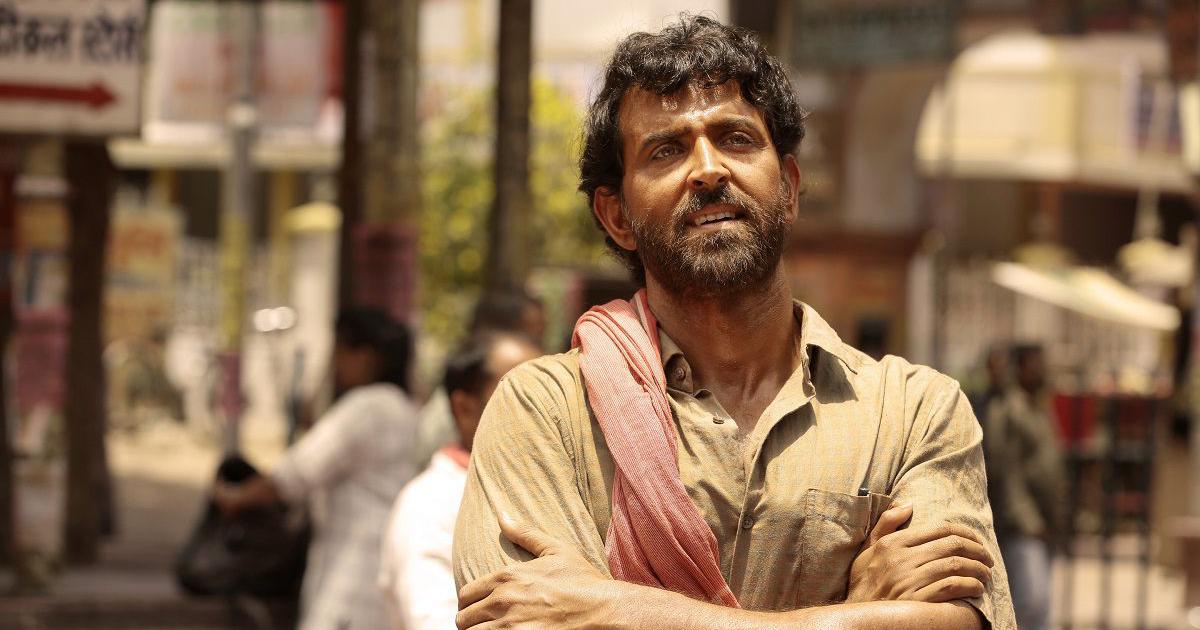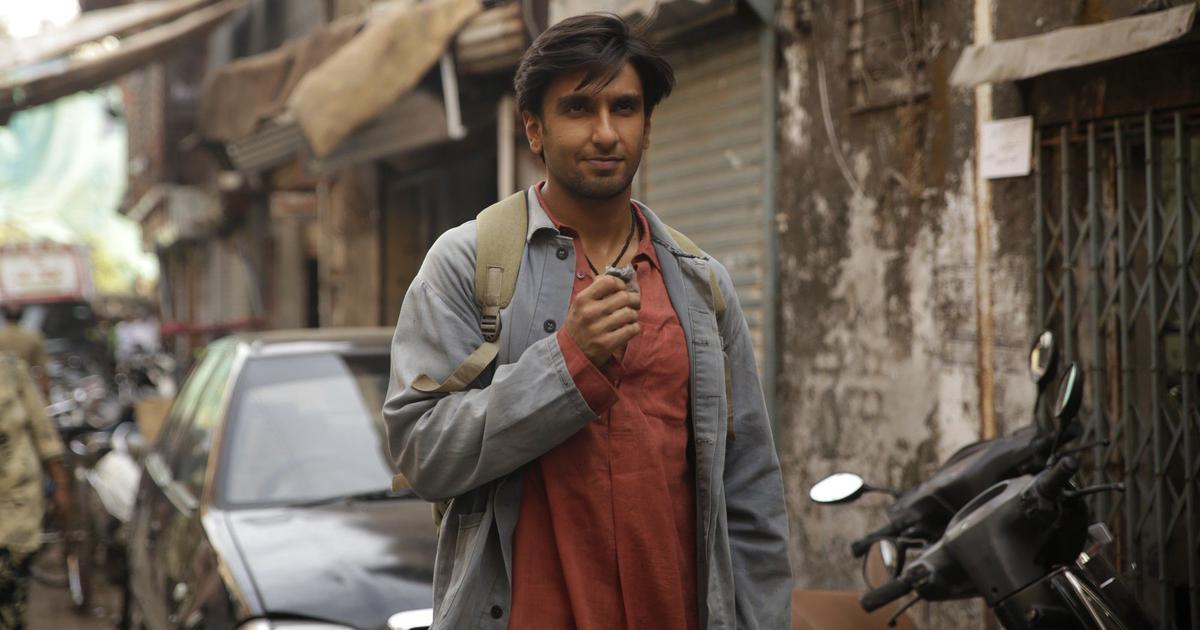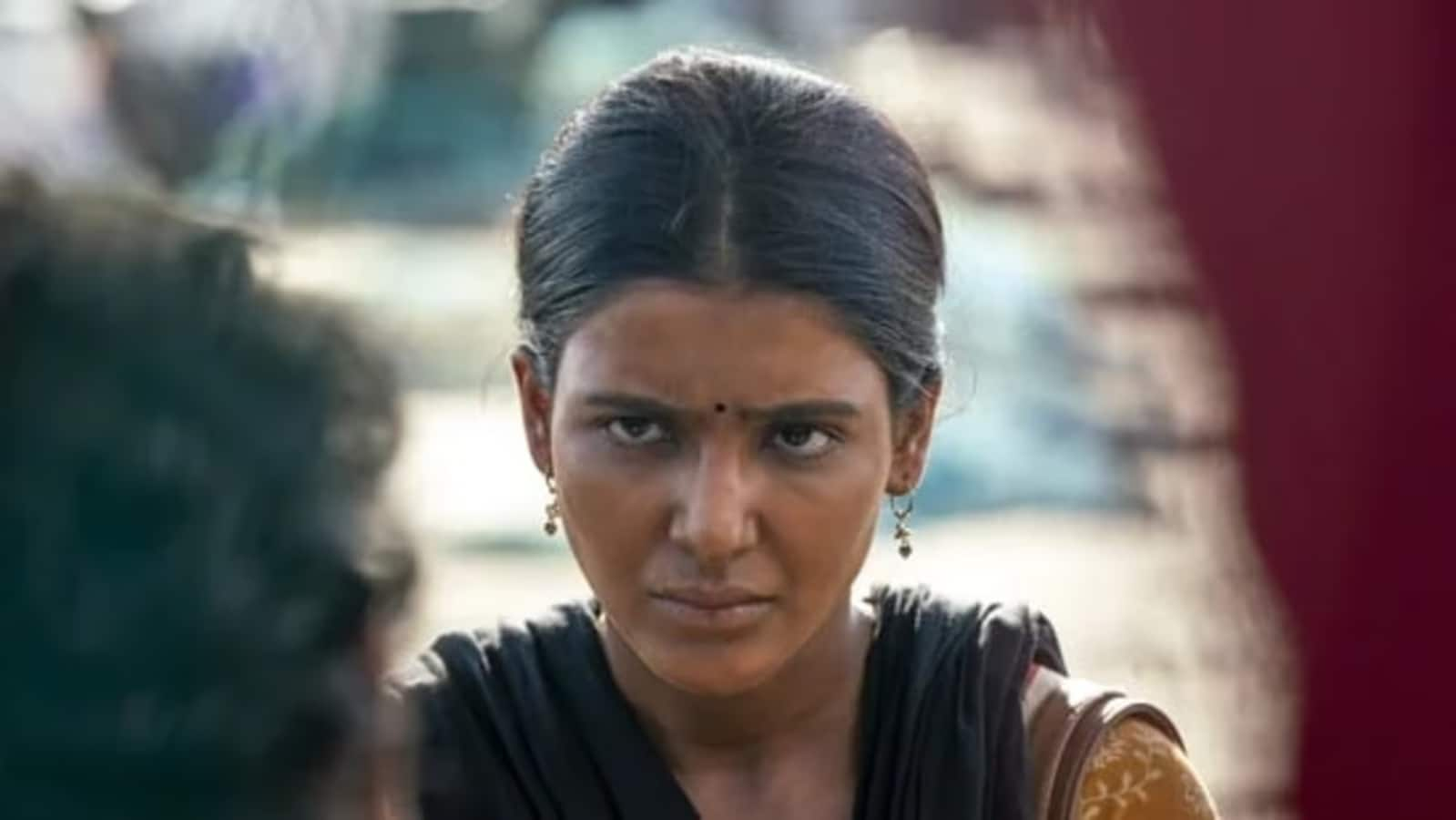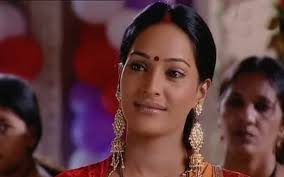
Karan Johar's Dhadak was slammed for leaving out the brutality of caste oppression. Caste violence and honour killing - the hard-hitting realities of India - made the Marathi film Sairat (2016) a lucrative option for this 2018 Bollywood remake, which launched Janhvi Kapoor and Ishaan Khatter. Karan Johar has learnt from his detractors. This time, he has come up with Dhadak 2 (a spiritual sequel of Dhadak) and rooted his story in caste politics.
Fair enough.
But fairness in Bollywood comes with a price.
Siddhant Chaturvedi, who plays a Dalit character in Dhadak 2, appears in the film's trailer with a darkened skin tone. Maybe the makers feel a darker skin tone brings a certain authenticity to the character. The Gully Boy breakout star is just an addition to the long list of Bollywood actors who are part of the Brownfacing 'pantheon'.
Hrithik Roshan in Super 30 (2019), Ranveer Singh in Gully Boy (2019), Samantha Ruth Prabhu in The Family Man 2 (2021), Alia Bhatt in Udta Punjab (2016), Bhumi Pednekar in Bala (2019), Amy Jackson in Ekk Deewana Tha (2012) are the latest examples. The trend can be traced back to Satyajit Ray's Aranyer Din Ratri (1970), in which a fair-skinned Simi Garewal's face was darkened beyond recognition. Or, when Zeenat Aman played a domestic worker in Pyaas (1982).
Brownfacing is not entirely a casting issue. It's intrinsically associated with the industry's decades-old stereotypes, age-old ideas about casteism and skin colour, and an (un)intentional effort to dehumanise the people who have dark skin.
What's Brownfacing?
Brownfacing refers to a term when a fair-skinned actor darkens his/her skin tone to portray a down-trodden character, especially to denote one's socioeconomic standing. It's commonly believed in Bollywood that a person from a backward community can't be fair. A fair-skinned, so-called good-looking actor won't look real on screen if his/her skin tone is not dark enough to portray a character from a backward community or a lower caste.

Hrithik Roshan played Anand Kumar, originally from Bihar, in Super 30
That's not all. In Hindi films, revolving around rags-to-riches stories, a character tends to look fairer (compared to his previous projection) when he becomes a fortune's favourite.
Talking about this trend, psychologist Ruchi Ruuh tells NDTV, "Brownfacing turns marginalised identities into costumes, which can trigger dehumanisation, a process where people begin to see certain groups as less human or less worthy. It also erases the real representation and opportunities for people who likely face these systemic challenges to enter the industry."
From Hrithik Roshan To Samantha Ruth Prabhu - Fifty Shades Of Brown
Vikas Bahl's 2019 film Super 30 was based on the life of Bihar-based educator and entrepreneur Anand Kumar. Bollywood superstar Hrithik Roshan, often referred to as Greek God due to his strikingly handsome facial features and muscular body, was brownfaced to resemble Anand Kumar.
Alia Bhatt played a Bihari migrant worker in Abhishek Chaubey's Udta Punjab (2016). In Zoya Akhtar's Gully Boy (2019), Ranveer Singh played a Dharavi slum dweller who wants to become a rapper.
From a Bihari to a Mumbai slum-dweller, the othering of a character from a less privileged background or a lower caste was never complete without some extra doses of bronzer in Hindi films. Surprisingly, the filmmakers have seemed to ignore the fact that they end up perpetuating a stereotype through a powerful medium like cinema, which is supposed to challenge the prevalent ill-practices in society.
Talking about Ranveer Singh's brown face in Gully Boy, Zoya Akhtar had told Huffpost India that it was not intentional. Ranveer had a tan when he started shooting: "He came from a holiday in the Maldives. He came back toasty. So when we started shooting that's how he was looking but he started fading. Now we had to keep him toasty to keep the consistency," Akhtar said.

Ranveer Singh played a slum dweller in Gully Boy
"We didn't do that to anyone. They can't be peachy either though. There is a certain sun-spotting that comes when you live like that the whole time, spending a lot of time in the sun. They aren't applying sunscreens. For someone like Amrita Shubhash (who plays Ranveer's mother), she's young but she looks like she's lived. You don't shoot in sequence so you have to keep it going. But no, I'm not a brown-facer," Zoya added.
In Raj and DK's hit series The Family Man Season 2, Samantha Ruth Prabhu played a fierce Sri Lankan Tamil rebel, Raji. Apparently, Samantha's grit and terrific action skills were not enough to make her look convincing on screen. Her face was darkened.

Samantha Ruth Prabhu played Tamil worker in The Family Man 2
In their defence back then, Raj and DK told Film Companion, "Usually, this whole thing comes under the context of beauty, that dark skin is not beautiful and fair skin is... This is not the context in The Family Man. There is no context of skin beauty here. We're all shades of brown."
Small Screen Showed The Way
The prevalent practice of brownfacing in Hindi films took a jolt when a dark-skinned actress was cast to play a dark-skinned character for a daily soap titled Saat Phere - Saloni Ka Safar (2005-2009). The show, which revolved around a dusky bahu challenging the societal expectation of a fair-skinned bride - was headlined by Rajshree Thakur.

Rajshree Thakur in Saat Phere
Popular television actress Mahii Vij rose to fame with the prime-time show Laagi Tujhse Lagan (2009). The makers made the maximum use of the brownfacing trope and weaved it into a gripping storyline later. Nakusha (played by Mahii) was forced to hide her beauty as she was born into a poor household. Mahii, who is very fair in real life too, revealed her real self much later in the show. And, it all went in the name of a "storyline".
In an old interview, Mahii revealed it would take her an hour to become Nakusha. "Nobody recognised me on the first day of the shoot because of the colour. Nakusha was made to look ugly with kajal and ash on her body," she had said.
The Change - A Ray Of Hope
Comes from a village, a lower caste or an underprivileged background has nothing to do with one's skin colour. For example, in the Prime Video original series Panchayat all characters are shown in their true skin tones. There's a room for a fair-skinned Manju Devi (Neena Gupta), who is the mother to a darker-skinned daughter Rinky (Sanvikaa), along with a Vinod (Ashok Pathak) or a Bhushan/Banraakas (Durgesh Kumar).
"Bollywood's obsession with colorism, both on screen and off screen, subtly teaches viewers that darker skin is something to overcome or be transformed out of," said Ruchi Ruuh.
Perhaps Ruchi Ruuh's words won't reach the targeted directors or producers.
After all, not everything is fair in the film industry.

